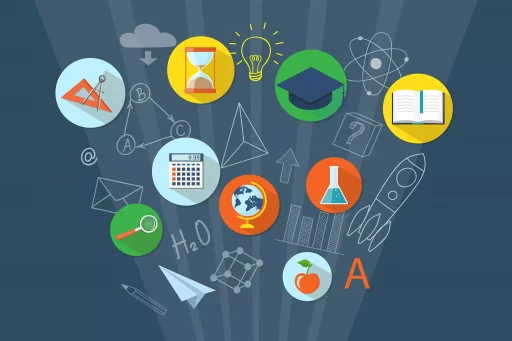What is Art?
Art is a complex and multifaceted concept that has intrigued humanity for centuries. Defined broadly, art refers to the expression or application of human creative skill and imagination in various forms such as painting, sculpture, music, dance, literature, and more. This definition does not do justice to the intricate layers of meaning and purpose that art embodies.
The Purpose of Art
Art serves numerous purposes across cultures and societies:
- Expression: Artists often use their work as a medium to express personal feelings or social commentary.
- Communication: Art transcends language, conveying messages and emotions that words often cannot.
- Reflection: Art reflects the times, considering cultural, historical, and social contexts.
- Inspiration: Many find motivation through art, which can stir emotional responses and provoke thoughts.
Examples of Art
Throughout history, numerous examples can be cited to illustrate the diverse definitions of art:
- Pablo Picasso’s Guernica: A powerful anti-war statement, this painting is a poignant reflection of the suffering caused by conflict.
- Beethoven’s Symphony No. 9: Music as a form of art communicates profound emotions, and this symphony, especially the “Ode to Joy” chorale, serves as an anthem for unity.
- Street Art: Modern examples, like Banksy’s works, challenge societal norms and provoke thought on social issues.
Case Studies
Exploring specific artistic movements provides deeper insights into how art can redefine itself over time:
- The Renaissance: Art saw a rebirth focusing on realism, perspective, and human emotion, as seen in works by Leonardo da Vinci and Michelangelo.
- Impressionism: Artists such as Claude Monet broke from traditional styles to capture light and momentary sensations on canvas.
- Modern Art: Movements like Dadaism and Surrealism challenged perceptions of reality and representation.
The Impact of Art on Society
Art has the potential to impact society significantly. According to a 2021 report from the National Endowment for the Arts:
- Over 70% of Americans believe that the arts are a meaningful part of their lives.
- Communities with high levels of public art tend to report greater social cohesion and public pride.
- Arts education in schools improves emotional development, critical thinking, and boosts academic performance among students.
Conclusion
Defining art remains a subjective endeavor. It encapsulates the human experience in ways that are felt, understood, and appreciated differently by everyone. From the emotional resonance of a song to the visual statements made by a sculptor, art continually evolves, offering new ways to connect with ourselves and the world around us. The quest to define art may never end, but its significance and influence are unequivocally profound.


